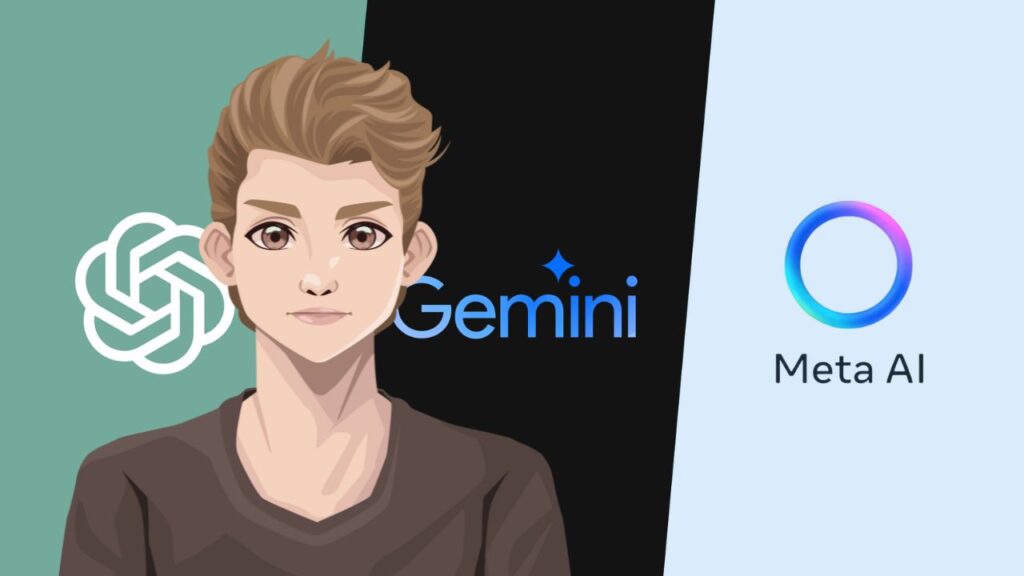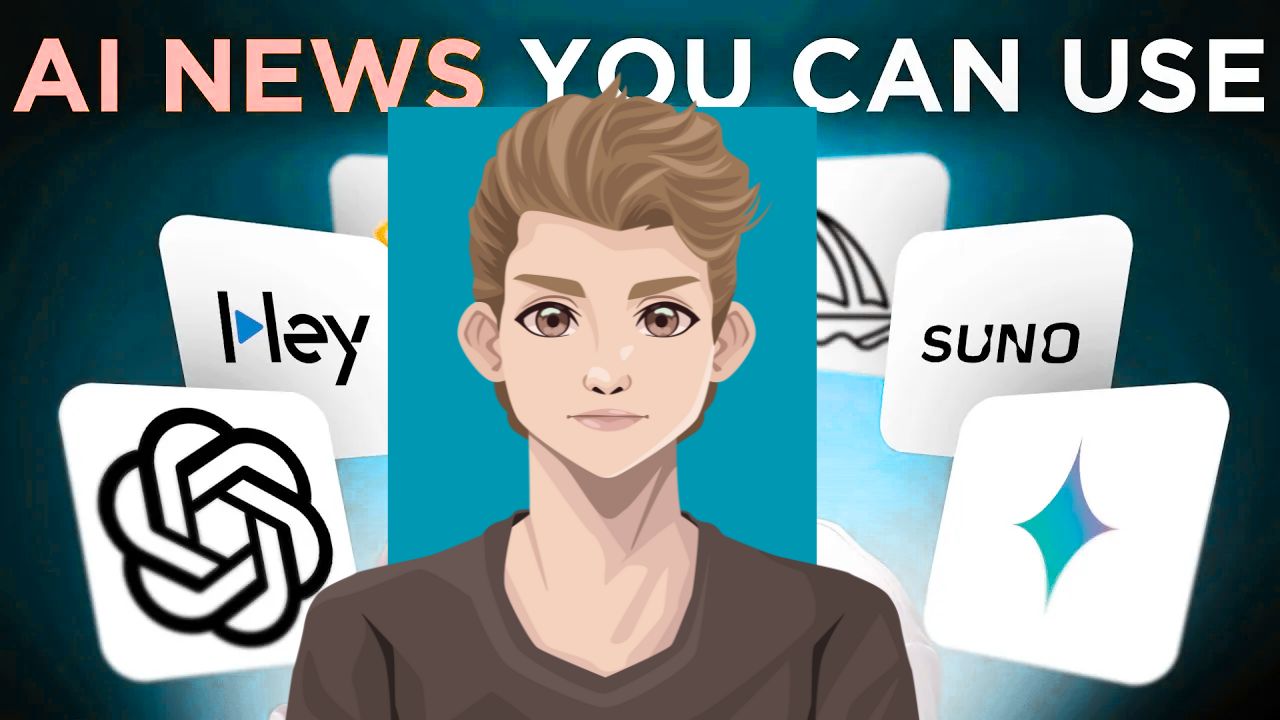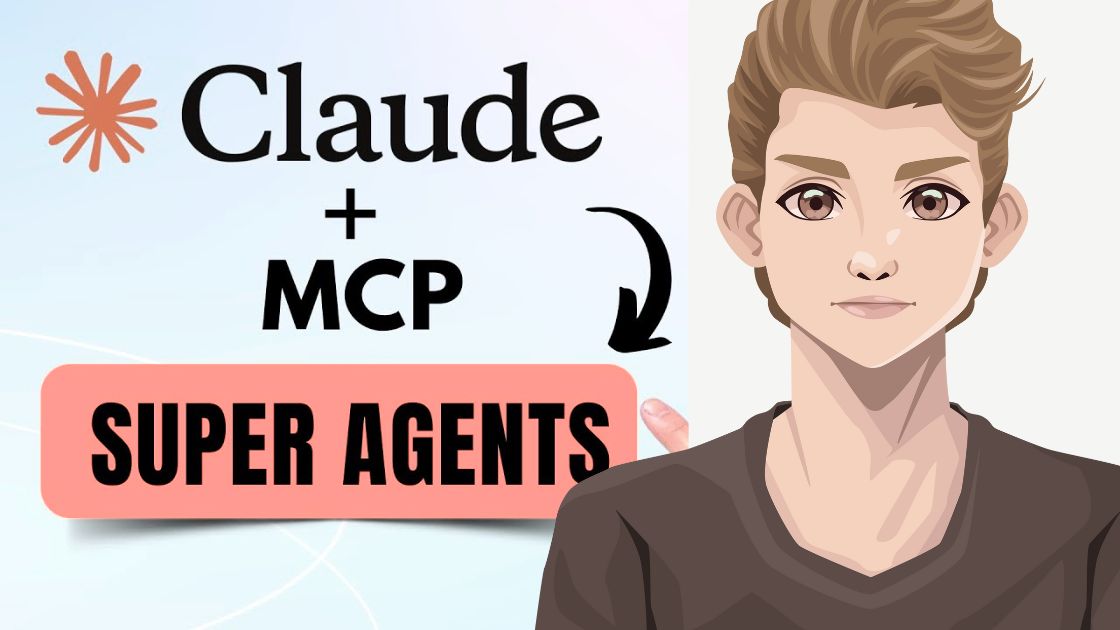The artificial intelligence landscape is evolving at breakneck speed, and May 2025 has brought an unprecedented wave of updates to the AI tools we rely on daily. From Google’s Gemini to OpenAI’s ChatGPT, and the creative powerhouses of Midjourney and Nvidia, the advancements are reshaping how developers, creators, and businesses leverage AI. With over 352,000 subscribers tuning into channels like The AI Advantage for the latest insights, it’s clear that staying informed is crucial. This article breaks down the most significant updates, offering a detailed look at their capabilities, applications, and potential impact on your work.

Gemini 2.5 Pro: Revolutionizing Application Development
Google’s Gemini 2.5 Pro is making waves with its enhanced ability to understand and generate code. Two key updates stand out: its improved frontend development capabilities and its groundbreaking video-to-application generation feature.
Video-to-Application Generation
Gemini 2.5 Pro can now take a video recording of an application and rebuild it, opening up new possibilities for rapid prototyping and automated development.
How it works:
- The model analyzes the video’s content, identifying key segments, objects, and transitions using both audio and visual cues.
- Based on a user prompt, it interprets these insights to generate a detailed application specification.
- This specification is then used to automatically produce code with complete UIs mirroring important features observed in the video.
In a real-world test case, the presenter recorded a 30-second screen recording of a time converter application. Uploading this video to Google AI Studio, Gemini 2.5 Pro was prompted to recreate the web app. While the initial result wasn’t perfect, a follow-up prompt refining the interface led to a functional clone, demonstrating the model’s ability to learn from visual context.
Limitations and Current Capabilities:
- While impressive, the presenter noted that the model isn’t “magical overnight” and requires iterative prompting to achieve desired results.
- Gemini 2.5 Pro demonstrates high accuracy when parsing long videos (up to ~45 minutes with audio) and can create interactive apps tailored for educational tools or custom web components.
Frontend Development Capabilities
Gemini 2.5 Pro is now excellent at frontend development, rivalling the capabilities of models like Claude. This means it can create various applications and websites at a high level of sophistication.
Key benefits:
- Faster development cycles
- Improved code quality
- Greater design flexibility
This enhanced capability, combined with its video-to-application feature, positions Gemini 2.5 Pro as a powerful tool for developers looking to streamline their workflow and create innovative applications.
Midjourney’s Game-Changing Omni Reference Feature
Midjourney is known for its ability to generate stunning AI art, and its new Omni Reference feature takes this to the next level. This feature allows users to give Midjourney one image and then reference that image in their next creations.
Technical Innovation
The Omni Reference feature is a universal image-reference system designed to embed any visual element from a single uploaded reference image directly into your AI-generated artwork. This allows your chosen subject to remain visually consistent across different generations and scenarios.
Key features:
- Single-image reference: Use one reference image at a time per prompt.
- Weight control: The ‘omni-weight’ parameter (–ow) lets you control how strongly the AI adheres to your reference (with values from 1 to 1,000; default is 100).
- GPU usage: Omni Reference currently consumes double the GPU usage compared to standard jobs.
Practical Applications
While Midjourney has struggled with recreating human faces, the Omni Reference feature excels in product photography.
Use cases:
- Product photography: Take an image of a product and put it in different scenarios.
- Marketing materials generation: Give it a pattern, turn that into a shirt, and then put the shirt onto various models.
The presenter highlighted examples of sneakers and Louis Vuitton Uggs, noting that the feature preserves logos well. This makes it an invaluable tool for businesses looking to generate high-quality marketing materials.
Democratizing AI Tools
AI is becoming more accessible thanks to open-source initiatives and streamlined model comparisons. Nvidia’s Parakeet and ChatGPT’s updates are prime examples of this trend.
Nvidia Parakeet: Open-Source Transcription
Nvidia’s Parakeet is a brand-new, completely open-source transcription model designed for the English language.
Key capabilities:
- Speed: Can transcribe an hour of audio in as little as one second.
- Accuracy: Achieves industry-lowest word error rates.
- Features: Automatic punctuation and capitalization, accurate word-level timestamps.
The presenter demonstrated Parakeet’s speed and accuracy, highlighting its potential for creating custom applications that transcribe audio in real-time without subscription fees.
ChatGPT Model Updates
ChatGPT has also received significant updates, including GitHub integration for deep research. This allows developers to connect their GitHub repositories to ChatGPT, enabling the model to analyze entire applications.
Additional updates:
- Model comparison guide: OpenAI has updated its help center with a guide to the various models, telling you when to use which one.
- Enterprise vs. consumer applications: These updates cater to both developers and general users, making AI more accessible and useful for a wider audience.
Creative AI Evolution
AI is not just for developers; it’s also transforming the creative landscape. Suno 4.5 and HeyGen are leading the charge in AI music and avatar creation.
Suno 4.5 Music Generation
Suno 4.5 is the latest version of the AI music generation tool, offering improved audio quality and creative capabilities.
Key improvements:
- Longer compositions: Make up to 8-minute long songs.
- Improved prompt adherence: Specify instruments and styles with greater reliability.
- Enhanced audio quality: Delivers more balanced and fuller mixes while reducing audio degradation and shimmer effects.
The presenter played a song called “Pale World” created by a team member using Suno 4.5, noting its cinematic quality and potential for use in films and games.
HeyGen Avatar Innovation
HeyGen is known for turning videos of people into AI video avatars, and their latest innovation allows users to create avatars from a single image.
Key features:
- Single-image avatar creation: Create an AI avatar from just one image.
- Voice synthesis integration: Integrate voice synthesis to bring the avatar to life.
The presenter tested this feature live, creating avatars from images and generating videos with synthesized voices. While the animation is light, the results are impressive, especially considering the speed and ease of creation.
Industry Implications & Future Trends
The advancements in AI tools have significant implications for various industries, from software development to finance.
OpenAI’s Strategic Moves
OpenAI’s acquisition of Windsurf for $3 billion is a strategic move to strengthen its position in the AI coding and agent development markets. This acquisition allows OpenAI to transition from simply being a model maker to becoming directly involved in developer tools.
Financial Technology Integration
Visa and Mastercard are integrating agentic elements into their networks, pioneering agentic payment technology to power commerce in the age of AI. This marks the beginning of a new era where agents can pay by themselves, opening up new possibilities for autonomous transactions.
Practical Applications & Recommendations
So, how can you leverage these AI tools in your work? Here are some practical recommendations:
Developer Recommendations
- Tool selection guidelines: Choose the right tool for the job based on your specific needs and goals.
- Integration strategies: Integrate AI tools into your existing workflows to streamline development processes.
- Performance optimization tips: Optimize your prompts and settings to achieve the best results.
Creator Guidelines
- Workflow optimization: Use AI tools to automate repetitive tasks and free up time for creative work.
- Resource allocation: Allocate resources effectively to maximize the impact of AI tools.
- Cost-benefit analysis: Evaluate the costs and benefits of using AI tools to ensure a positive return on investment.
Conclusion
The AI landscape is rapidly evolving, and the updates to ChatGPT, Midjourney, Gemini, Nvidia, Suno and HeyGen represent a significant leap forward. From video-to-application generation to open-source transcription and AI music creation, these tools are empowering developers, creators, and businesses to achieve more than ever before. By staying informed and leveraging these advancements, you can unlock new possibilities and stay ahead in the age of AI.
If you’re eager to dive deeper and discover more practical AI use cases, sign up for our newsletter via the link in the description below. We’ve curated a database of use cases and prompts to help you get started.


![Notta AI Review 2025: The Ultimate AI Meeting Assistant for Automated Transcription and Note-Taking [In-Depth Analysis]](https://myviews.site/wp-content/uploads/2025/05/Notta-AI-Review-2025-The-Ultimate-AI-Meeting-Assistant-for-Automated-Transcription-and-Note-Taking-In-Depth-Analysis.png)
